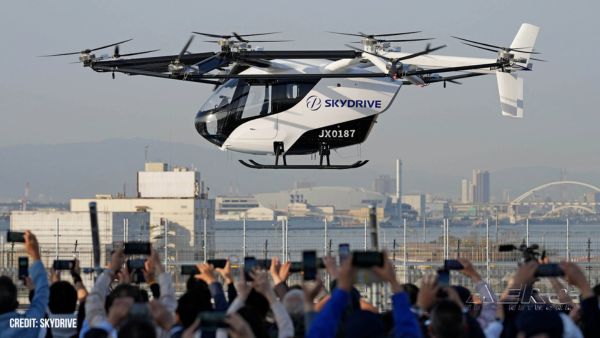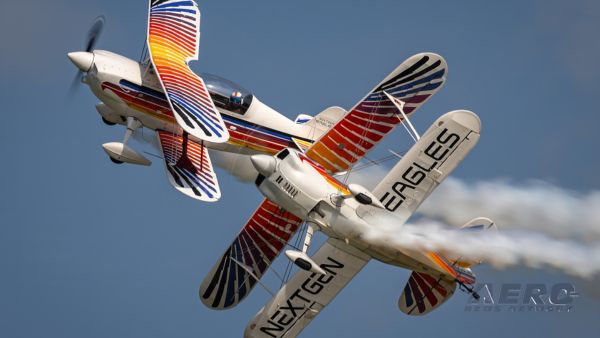FAA Dawdled, Industry Witherd
By Gene Yarbrough
The FAA’s Modernization of Special Airworthiness Certificates, or MOSAIC rule, is designed to breathe new life into Light Sport Aircraft (LSA) and sport pilot privileges, but has faced a number of delays since its initial proposal in 2023. While promising a more accessible and affordable aviation landscape, the protracted finalization of the rule has caused frustration within the industry and among aspiring pilots.

MOSAIC, like many others before, promises to reduce owner/operator costs associated with general aircraft operation. Expanding light sport aircraft definition to larger, more capable aircraft and allowing operation as a sport pilot is expected to breathe new life and vigor into the languishing general aviation landscape.
Unfortunately the rule has faced political challenges and industry headwinds -- up to and through this past week.
One major reason for the delays stems from the sheer volume and complexity of the proposed changes. MOSAIC expands the LSA definition by moving from a weight-based to a performance-based standard based on stall speed. This shift alone has required extensive analysis and consideration of how to ensure safety with these expanded capabilities, including higher speeds, adjustable-pitch propellers, retractable landing gear, and potentially up to four seats, although sport pilots will remain limited to one passenger.
Furthermore, the process of navigating regulatory requirements and addressing industry feedback adds to the timeline. Following the Notice of Proposed Rulemaking (NPRM) in 2023, the FAA received a significant number of public comments, requiring careful review and consideration, as noted by Aviation Stack Exchange.
Industry groups, while largely supportive of MOSAIC's goals, have also raised concerns about specific provisions and their potential impact on safety and operational feasibility. For instance, the General Aviation Manufacturers Association (GAMA) supports the rule but seeks further investigation into the risk mitigation strategies, particularly for new and complex LSA designs and expanded operations. The comment period even needed to be reopened in February to address an omission in the original document.

Additionally, bureaucratic processes within the FAA and the need to align MOSAIC with broader aviation policies can contribute to the slower-than-desired pace. The transition between presidential administrations can introduce new priorities and require rule writers to ensure alignment with economic or safety goals.
While the FAA Reauthorization Act of 2024 mandated a final rule by May 2026, the general consensus, untilk last week, was that it would be issued earlier, now sceduled for publication on October 22, 2025. Industry leaders, initially hopeful for an announcement at AirVenture 2024, ultimately had to be content with the release at Oshkosh 2025.
Ultimately, the delays in finalizing the FAA's MOSAIC rule, while frustrating, are an inherent part of the complex regulatory process. The need to balance innovation with safety, thoroughly address public and industry feedback, and navigate government procedures contribute to the extended timeline. While waiting for the rule's interpretation and implementation, the aviation community continues to anticipate the positive impact MOSAIC is expected to have on the accessibility, affordability, and overall landscape of light sport aviation. 2025 will prove to be interesting...
 NTSB Prelim: Vans RV-10
NTSB Prelim: Vans RV-10 Classic Aero-TV: The Red Tail Project--Carrying the Torch of the Tuskegee Airmen
Classic Aero-TV: The Red Tail Project--Carrying the Torch of the Tuskegee Airmen ANN's Daily Aero-Term (08.02.25): Global Positioning System (GPS)
ANN's Daily Aero-Term (08.02.25): Global Positioning System (GPS) ANN's Daily Aero-Linx (08.02.25)
ANN's Daily Aero-Linx (08.02.25) Aero-News: Quote of the Day (08.03.25)
Aero-News: Quote of the Day (08.03.25)




